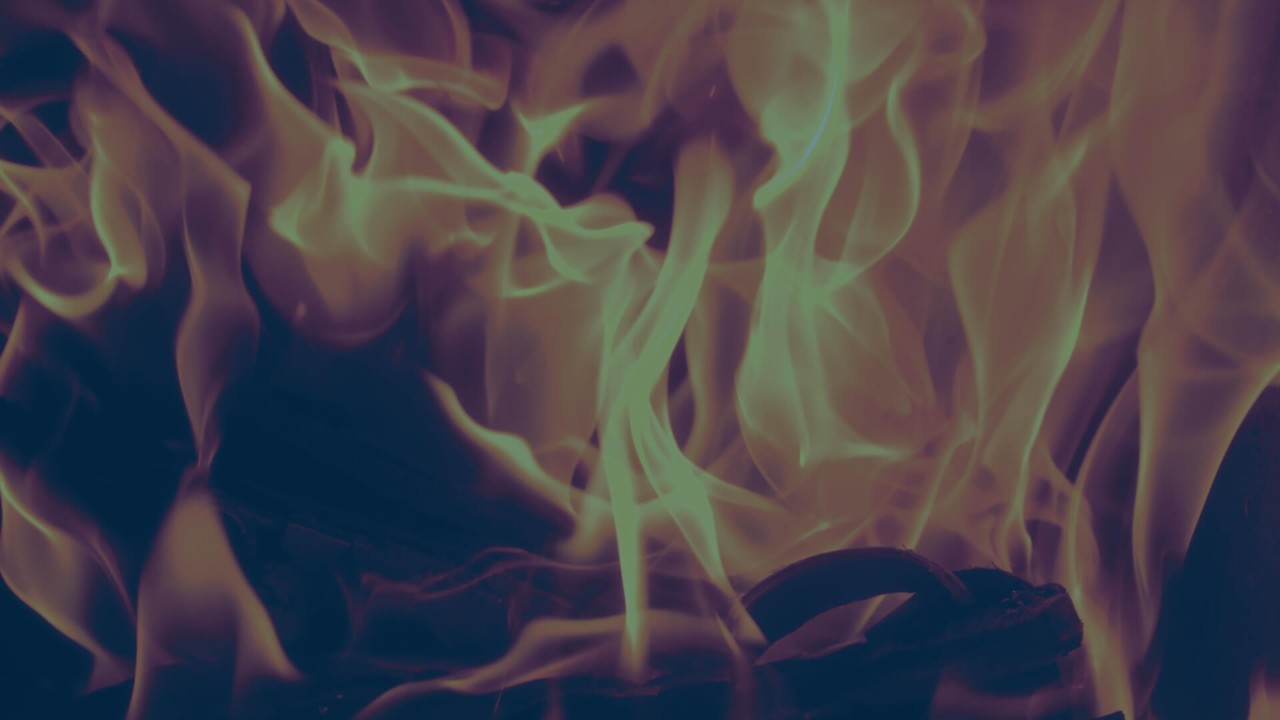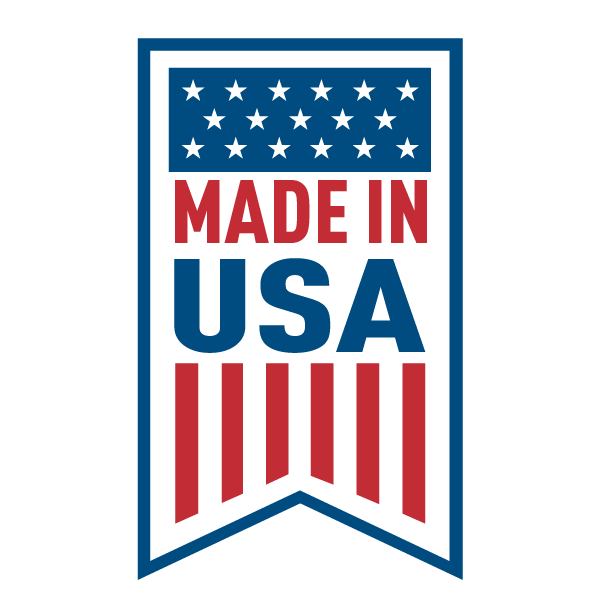-
Products
-
Doors
- L Series Doors
- Paladin PW Series Flush Doors and Frames
- Flush Hurricane Impact Doors
- CE Series Embossed Panel Doors
- LS Series Stainless Steel Doors
- A14 Series Entrance Doors
- T Series Flush Doors
- B Series Flush Doors
- SL Series Square Edge Flush Doors
- INPACT Series Door Systems
- SZ Series Falcon Flush Doors
-
Frames
- F Series Three-Sided Flush Frames
- DW & K Series Drywall Frames
- MU Series Multi-Use Flush Frames
- FE Series Double-Egress Frames
- DE Series Double-Egress Frames
- FP Series Tornado Safe Frames
- FT Series Thermal Break Masonry Frames
- FS, KS, & MS Series Frames
- C & CK Series Casing-Ready Frames
- FN Series Three-Sided Flush Frames
- Frame Elevations
- Finish Options
- Applications
-
Doors
- Why Steel
- Resources
- Locations
- Support
FORGED IN FIRE
Steelcraft fire-rated doors and frames play a critical role in keeping people safe and minimizing property damage. Doors play a very important role in the fire resistance of a building; they allow people to evacuate safely from a building along with limiting the spread of fire and smoke to other areas. Fire doors must meet the requirements of the International Building Code and International Fire Code, as well as NFPA 80 Standard for Fire Doors and Other Opening Protectives. Fire ratings range from 20 minutes to 3 hours. Hollow metal is the only door material widely available with a 3 hour label.
Steelcraft’s fire rating capabilities include the use of ceramic glass and special glazing compounds. The following link will take you to Technical Glass Product's FireLite® fire-rated glass technical data specifications, which list all of the maximum size limitations along with fire ratings.
DESIGN CONSIDERATIONS
When selecting Steelcraft fire-rated doors and frames for your next project, consider the following:
- Fire-resistance-rated frames must have fire-resistance-rated glazing. There are different limitations depending on the type of glazing.
- Door opening sizes are also limited by the manufacturer’s listings, not to mention the structural integrity and ability to function properly.
- Jamb depth of frame relates to wall thickness. It’s important to verify the availability of a fire rated configuration for custom profiles.
- Caution must be taken with light and lock cutouts to ensure they do not negate the fire rating.
TEMPERATURE RISE DOORS
- A temperature rise door is a fire-rated door which limits the heat transfer through the door for a period of 30 minutes.
- Temperature rise ratings indicate the maximum rise above ambient temperature on the non-fire side of the door, and will be either 250°, 450°, or 650° F.
- The 250° door is the most restrictive because it limits the heat transfer to only 250° for a 30-minute period.
- A typical hollow metal door would reach approximately 1400° F in the same time period.
- By minimizing the transfer of heat, a temperature rise door could protect an exit enclosure, allowing people to pass below the floor of fire origin.
- See T Series temperature rise doors for more information.
For more information on Steelcraft fire-rated doors and frames, please see the Steelcraft Technical Data Manual. (Pages 277-322)








